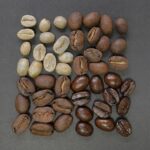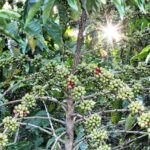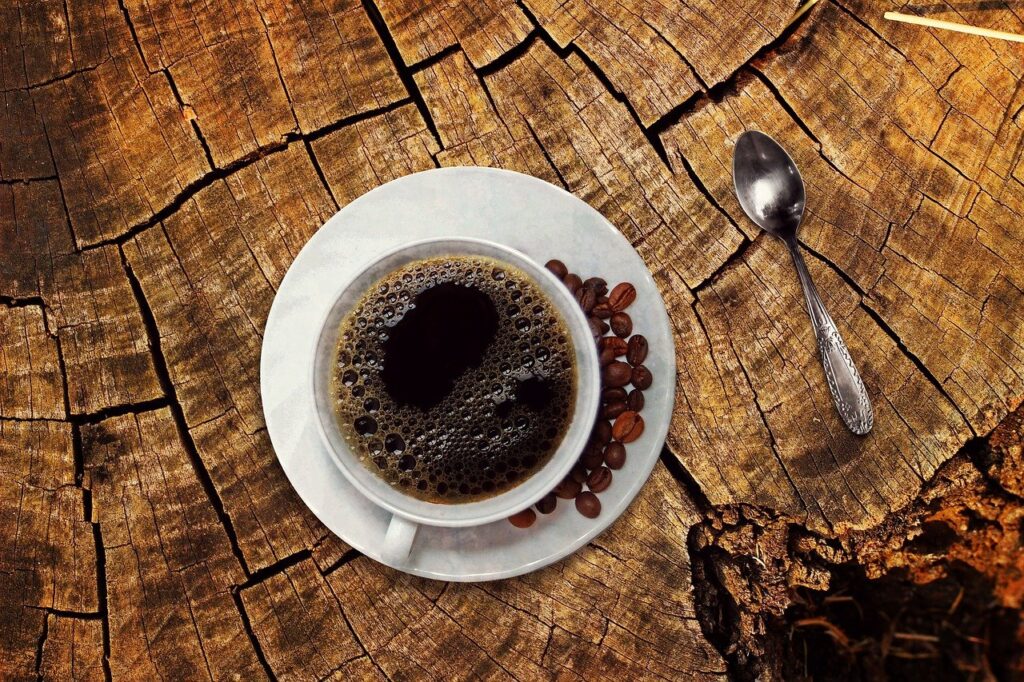During the summer after my high school graduation, I had a job as a chainman in a survey team working for The Atchison, Topeka and Santa Fe Railroad. I was 17 and pretty naive about a lot of things. As a result, I was teased a lot by the rest of the team. But, it was meant in fun; and, I enjoyed it. A chainman is the lowest person on the team. He was the one who loaded up the water jug every morning. Also, surveyors used pointed wooden stakes, driven into the ground, to indicate where corners would go. The stakes were almost 2 inches square and would come in 6, 12 and 24 inch lengths. Ensuring that we had enough of each to get us through the day was also my responsibility. And, I would load the other survey equipment into the truck. A surveyor’s level and a transit were essential equipment. The measuring tape that a survey team uses is called a surveyor’s chain. Called that, even today, even though it is a steel tape that replaced the original chain that had been used for centuries in western nations. The chain was 66 feet long and had 100 links of steel. In the 1800s, the steel tape was introduced and was lengthened to 100 feet.
Every day, our crew would stop for a morning coffee break. I would order a Coke, because I didn’t drink coffee at that time. My drink preference became another subject about which they could tease me. Finally, I decided to order a coffee. When it arrived, I quickly learned two things. Coffee was hot; and, it had a bitter taste. I quickly added cream and sugar to overcome those conditions. Then, I would stir it to try to cool it more. This worked pretty well except for the days when I worked on Chuck Swearingen’s crew. Chuck was one of those guys who had been on the crews for 25 years, drinking coffee in roadside diners most of the time. He could drink a cup of coffee and a refill in less than 10 minutes; then, he was ready to go. So, I didn’t drink a full cup of coffee during our breaks until the summer was half over.

Good Coffee Is Healthy
I kept drinking coffee, like so many Americans; and, like so many others around the world. More than 2 billion cups of coffee are consumed daily world wide. 1) And, while that seems to be unbeatable, that is actually only about a third of the tea consumed world wide. 2) Because of its popularity; and, because of its reputation for being an unhealthy drink, more research is being completed. And, the findings are that coffee is very beneficial to human health. Studies have shown that coffee contributes to reducing the effects of:
- Cardiovascular disease (including heart attack, heart failure, and stroke);
- Type 2 diabetes;
- Alzheimer’s disease and Parkinson’s;
- Basel cell carcinoma (Most common skin cancer);
- Breast cancer;
- Colon, uterine and liver cancer; and, Cirrhosis (3, 4, 5).
Why the change from considering coffee to be dangerous to everyone to today’s revelation that coffee is beneficial? Thirty years ago, when the initial conclusions were being formed, the method of brewing coffee was different from what is most common today. The coffee pot that I remembered from my childhood into my 30s was a percolator. The percolator is still one of the most familiar methods of brewing coffee in the U.S. It works by sending boiling water upwards, through a tube to the top of a perforated basket, where it rains down over the coffee grounds, and back down into the boiling water to start the process repeatedly. It would produce a completed 6 cup pot in 5 to 7 minutes. I remember the pleasant sound the pot made as the percolation proceeded. Coffee brewer Maxwell House even made a commercial using the sounds of a percolator as the background. And, you can buy an electric percolator at your favorite big box home goods stores.
Percolators and coffee boiler appliances all made unfiltered coffee. Increasingly, drip coffee pots are being used with filters. Paper filters have been found to remove harmful lipid-raising substances that significantly increases levels of cholesterol by inhibiting the body’s ability to process cholesterol. 6) In fact, a major, long term, Norwegian study which began in 1985, using 508,747 healthy men and women, ages 20 to 79, studied the participants on average for 20 years. They were questioned as to the amount and type of coffee consumed. They collected data about variables that could influence heart diseases such as smoking, education, types and frequencies of physical activities, height, weight, blood pressure and cholesterol. During the 20 year average participation, 46,341 of the participants died ( 9.1%), 12,621 of cardiovascular causes (27.2%). Drinking filtered coffee was safer than not drinking coffee at all. In fact, drinking filtered coffee was associated with a 15% reduced risk of dying from any cause. 7).

How To Choose Healthy Coffee
This is a topic worth understanding, because coffee is something you’re putting in your body every single day (usually multiple times!). And there’s just so many selections to choose from. This is true whether you’re standing in a grocery aisle or are trying to decide which little shop to run into for a cup.
Coffee is primarily grown in Central and South America, Africa, and India. Historically, the coffee on the shelf of your grocery has been multi-sourced. This means that the harvest has been combined in the harvest warehouse. By the time it reached our shores, coffee had lost its’ identity. So, unlike your grass fed beef and vegetables, you can’t just go to a farmer’s market and talk to your local coffee farmer about his or her growing practices. Single Origin coffee helps to ensure that you’re getting clean coffee. Single origin is filled with beans from the same farm, the same plant, and a single roasting profile.
Your best bet in getting healthy coffee, is to buy coffee that’s certified organic and certified fair-trade. Why organic? The first reason is that conventional coffee is grown using a high volume of chemical pesticides and fertilizers. While it’s unclear how much residue ends up in your cup after all of the processing (and it’s likely very little), the chemicals do affect the environment in serious ways. They leach into rivers and streams, for example, harming wildlife and affecting drinking water. Farmers and farm workers are also exposed to toxic chemicals that can affect their health.

The second reason to buy organic is that most organic coffee is grown in the shade, which preserves forest ecosystems. The shade trees create a cooler environment which allows the coffee to mature slower. This results in increased flavor.
The leaves from the larger trees fall among the coffee plants which, as they decompose, provide needed nutrients to the soil. “Vegetables and fruit grown in rich, nutrient-dense soil are going to be better for you.” 8) Farmers use crop rotations and cover crops that improve soil health. Healthy soil translates into a more nutrient-dense fruit. In other words, if you’re drinking organic, you’re likely getting more of those antioxidants that make coffee so healthy.
So, enjoy that cup of Joe. Whether decaffeinated or full strength. But, be sure to get the organic beans. They’re good and good for you.
- https://www.britishcoffeeassociation.org/coffee-in-the-uk/coffee-facts
- https://worldteanews.com/tea-industry-news-and-features
- https://www.health.harvard.edu/blog/the-latest-scoop-on-the-health-benefits-of-coffee
- https://pubmed.ncbi.nlm.nih.gov/21569535
- https://www.thedailymeal.com/coffee-cuts-skin-cancer-risk
- http://worldofcaffeine.com/2011/06/20/filter-drip-coffee-paper-vs-metal-filters/
- https://www.sciencedaily.com/releases/2020/04/200422214101.htm
- Bob Arnot, “The Coffee Lover’s Diet. William Morrow Publishing
